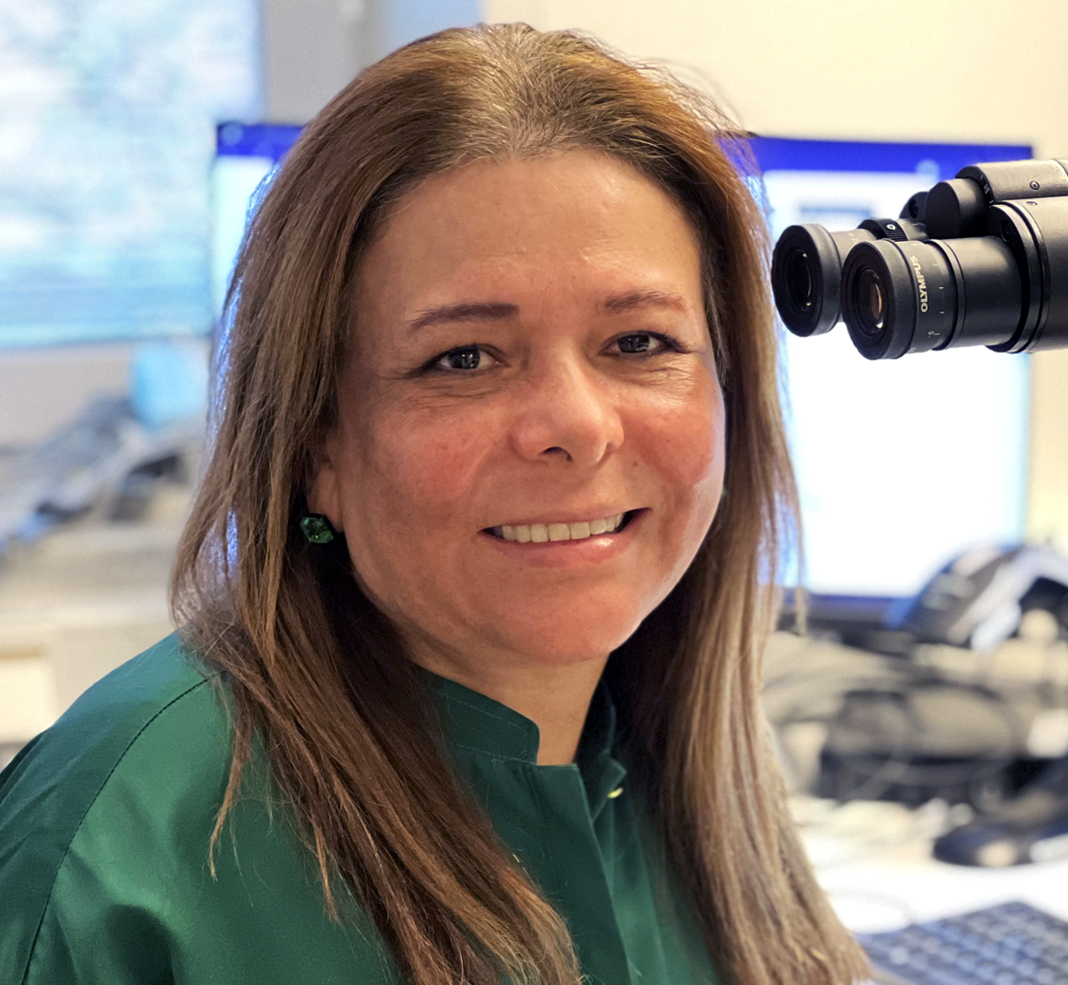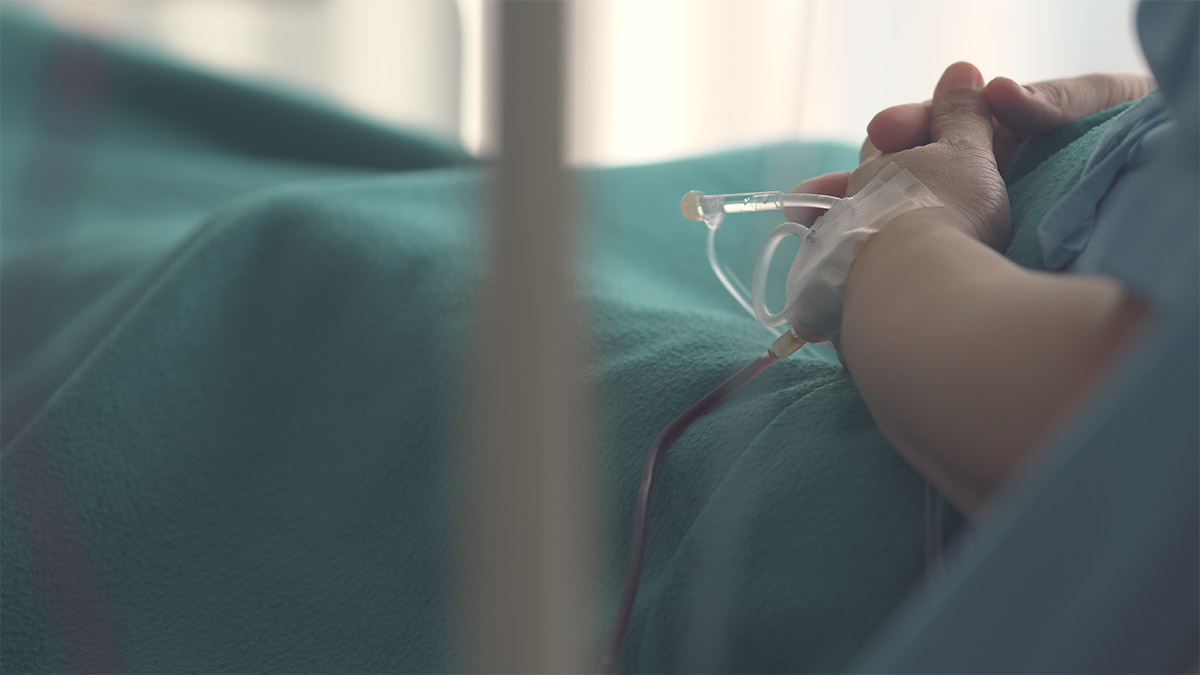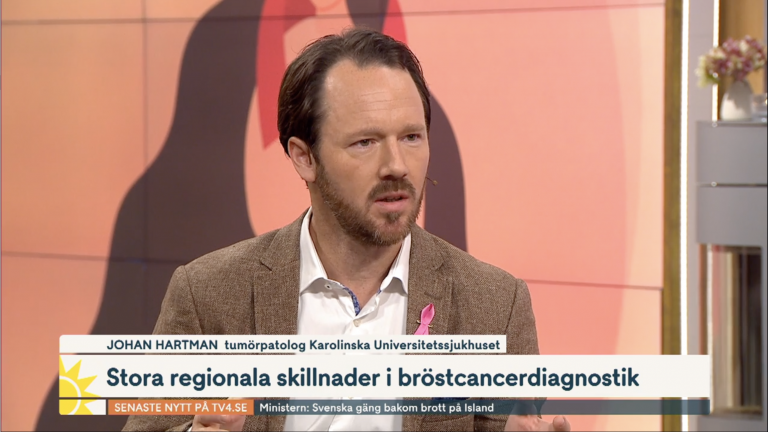The right treatment for every patient
AI-BASED PRECISION DIAGNOSTICS TO IMPROVE CANCER TREATMENT DECISIONS AND PATIENT OUTCOMES
Stratipath Breast
A CE-IVD solution for prognostic risk profiling of invasive breast cancer, the first-in-class.
Clinical evidence
Stratipath Breast validated in large independent studies







